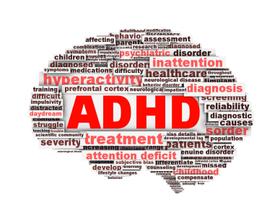For individuals unable to earn a traditional high school diploma, the General Educational Development (GED) test offers a second chance to acquire a recognized credential. Over the past decade, the GED has undergone significant changes and revisions, aligning it with modern educational standards and enhancing its relevance in today's job market. Here, then, is a comprehensive overview of the transformations in the GED test, empowering individuals of all ages to make informed decisions about pursuing this alternative pathway to education and career success. I can personally attest to the importance of the GED as one of my children, who we homeschooled, passed the GED examination.
Transformations to the GED
The Transition from GED 2002 to GED 2014
In the early 2000s, the GED 2002 series was replaced by the GED 2014 series. This transition aligned the test with the evolving educational landscape, particularly the Common Core State Standards. The GED 2014 series emphasized critical thinking, problem-solving, and real-world applications, ensuring that test-takers were prepared for the challenges of higher education and the workforce.
Computer-Based Testing
One of the significant changes in the GED test was the adoption of a computer-based format—this shift from the traditional paper-and-pencil test allowed for a more interactive experience. Test-takers could navigate through questions, receive immediate feedback, and complete the test at their own pace. Additionally, computer-based testing facilitated faster delivery of test results, enabling individuals to move forward with their education and career plans more efficiently.
Subject Area Revisions
The





 Graph from
Graph from 












